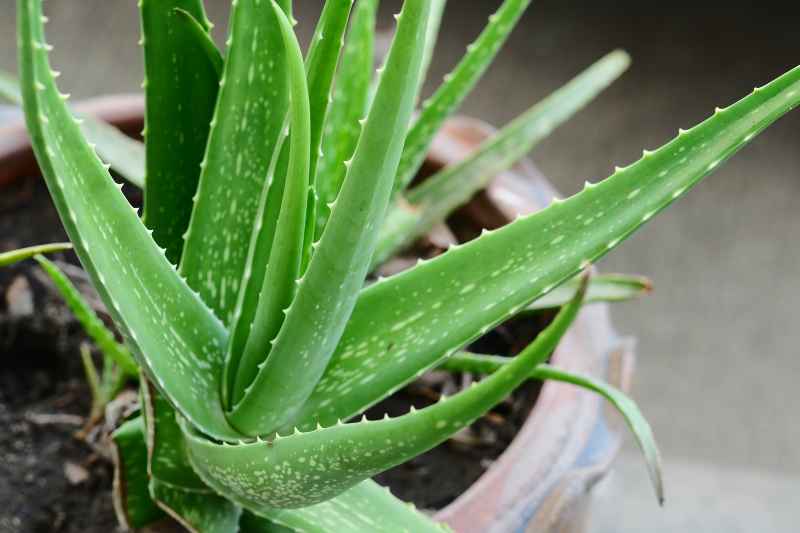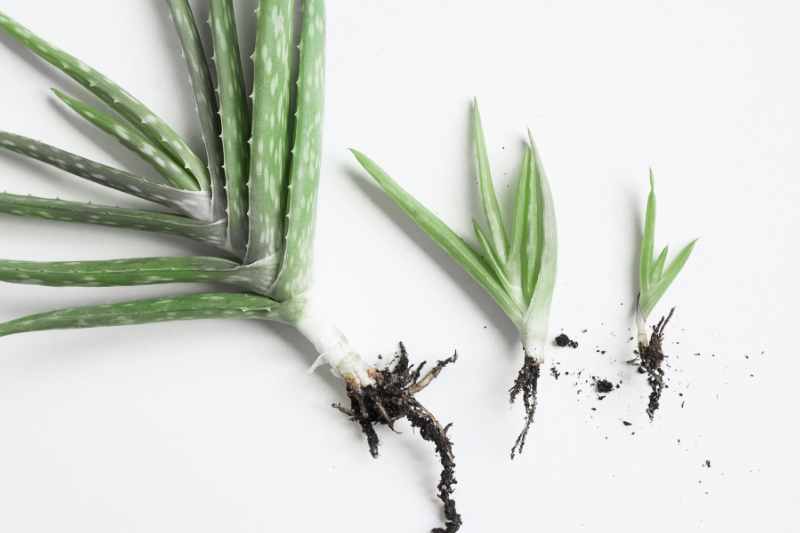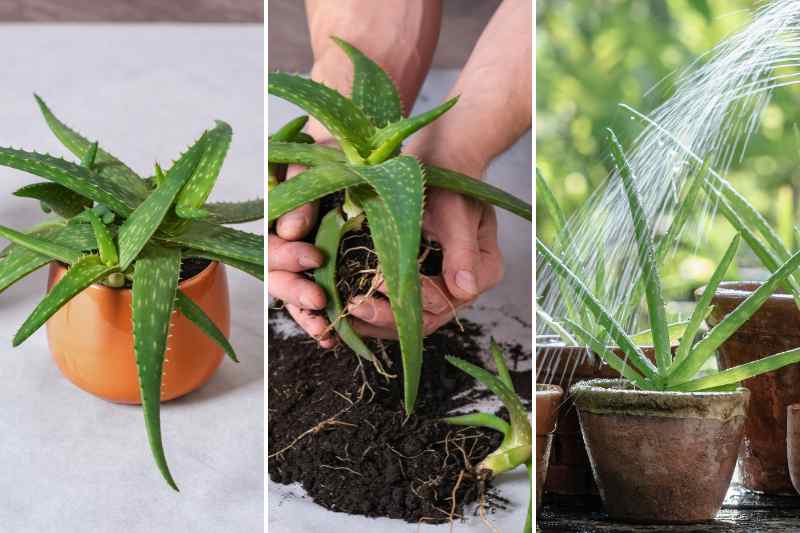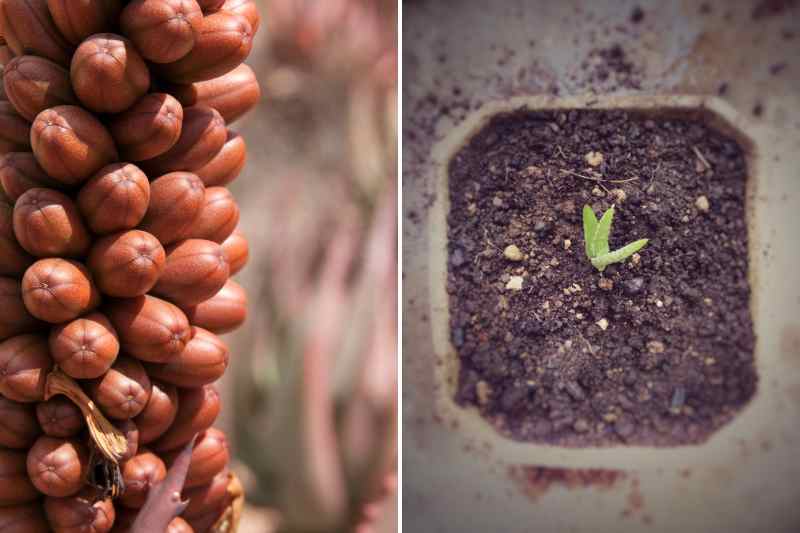Aloes, with Aloe vera being the most well-known, belong to the Asphodelaceae family. These are succulent plants with thick, fleshy leaves, often used for their medicinal properties and aesthetic appeal in dry gardens. Propagating them is an excellent way to expand your collection or share this plant with fellow enthusiasts.
In this guide, we will explore the various techniques for propagating aloes, the ideal times, and the necessary care to ensure optimal growth.

Aloes: Plants Suited for Gardens and Indoors
Aloes form a genus comprising over 500 species of succulent plants, primarily native to Africa, the Arabian Peninsula, and Madagascar. Their popularity stems from their striking appearance, with fleshy leaves typically edged with thorns.
Some species, such as Aloe aristata or Aloe striatula, are hardier and can be grown outdoors in regions where temperatures do not drop below -5 to -10°C, provided the soil is perfectly drained. These aloes thrive in poor, sandy, or rocky soils, which prevent water stagnation, the main cause of root rot. Planted in full sun, they withstand drought well once established.
On the other hand, species more sensitive to cold, such as Aloe vera, Aloe ferox, or Aloe juvenna, should be grown in pots indoors in regions with harsh winters. They prefer a bright, even sunny location and a well-draining substrate, composed of a mix of potting soil, sand, and perlite. In winter, very moderate watering is recommended to avoid excess moisture.
Whether in the garden or indoors, aloes are easy-care plants, as long as their needs for light, drainage, and temperature are met.

Why Propagate Aloes?
Propagating aloes offers several benefits:
- Obtain new plants for free and distribute them across different areas of the garden.
- Preserve the characteristics of the parent plant, especially for rare varieties.
- Revitalise ageing plants and prevent them from becoming exhausted.
- Share aloes with friends or family.

When to Propagate Aloes?
The best time to propagate aloes depends on the chosen method:
- By offsets: in spring or summer, when temperatures are mild.
- By leaf cuttings: in spring, to encourage rooting.
- By sowing: in spring or early summer, when warmth stimulates germination.
Materials Needed for Propagating Aloes
- A pruning shear or clean knife to cut offsets or leaves.
- Terracotta pots for better root aeration.
- A well-draining substrate: light potting mix with sand or perlite, or a cactus-specific potting mix.
- A spray bottle for moderate watering.
- Cinnamon powder or charcoal to heal cut wounds.
Which Method to Use for Propagating Aloes?
There are two methods for propagating aloes:
1. Propagation by Offsets (the simplest and most effective method)
Aloes often produce offsets at the base of the parent plant. These young shoots are easily separable and allow for faithful reproduction.
Steps:
- Choose an offset at least 5 to 10 cm tall with roots.
- Carefully dig up the parent plant and separate the offset with a clean knife.
- Let the wound dry for 24 hours in the open air.
- Replant the offset in a pot with a well-draining substrate (mix of potting soil and sand).
- Water lightly and place in indirect light.

2. Propagation by Sowing
Sowing is a slower method but useful for experimenting with new varieties.
Steps:
- Collect mature Aloe seeds*
- Sow them on a sandy substrate, without burying them too deeply.
- Maintain a temperature of around 20-25°C and consistent humidity.
- Germination may take 2 to 6 weeks.
*How to harvest seeds? Aloe seeds are harvested when the capsules turn brown and begin to open, usually a few weeks after flowering, in late summer or autumn. Simply cut the dry capsules, let them dry for a few days, then gently open them to extract the black, flat seeds. Store them in a dry, dark place until sowing.

After Propagation: Care and Maintenance
- Watering: moderate, approximately once a week in summer, and very sparingly in winter.
- Light: place young plants in a bright area, but avoid intense direct sunlight.
- Temperature: avoid temperatures below 10°C.
- Fertiliser: a light application of fertiliser for cacti and succulents in spring can stimulate growth.
- Repotting: as soon as the plant becomes too cramped, repot it into a larger pot.
































Comments